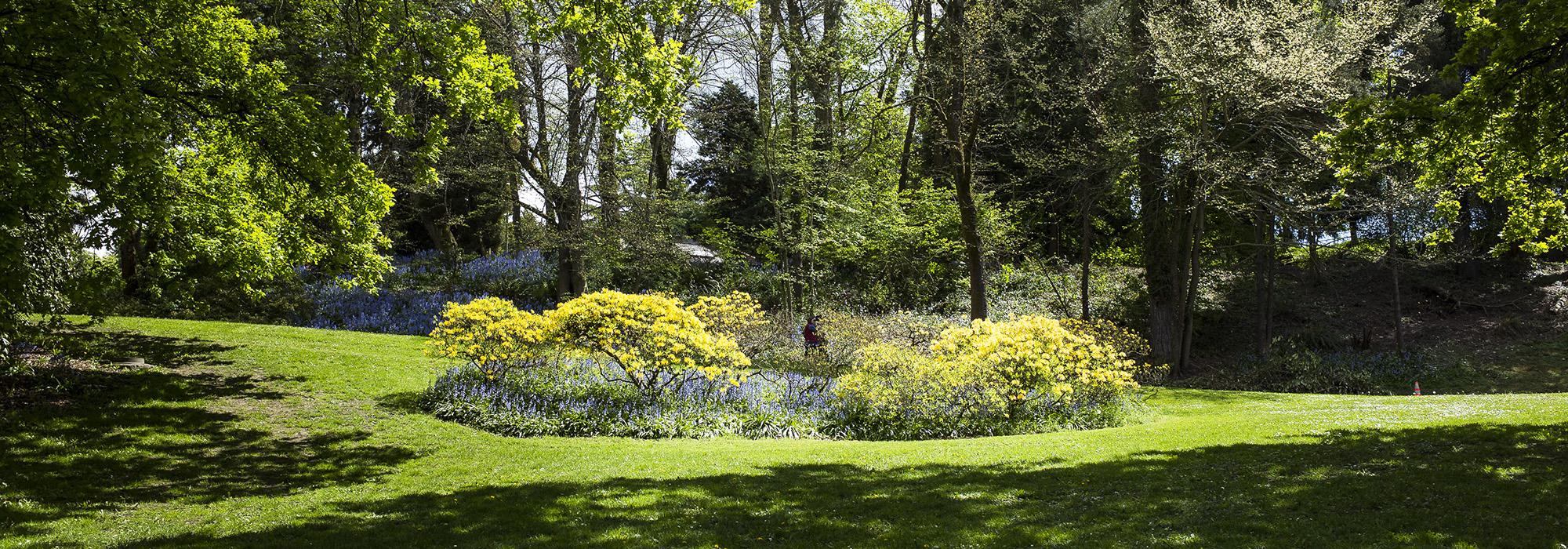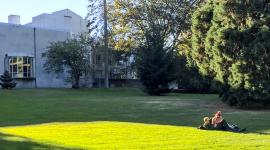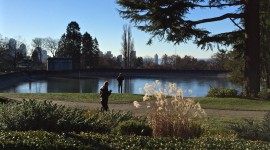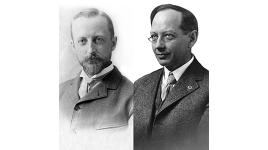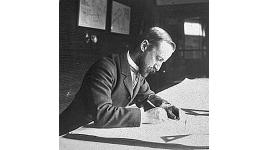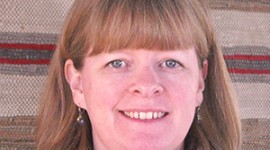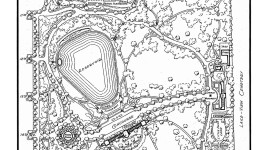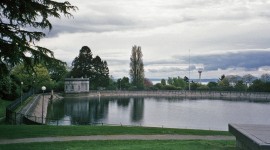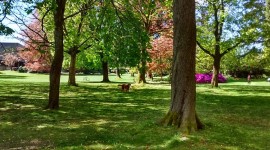Seattle's Olmsted Brothers-designed Volunteer Park added to Landslide® List of Nationally Significant At-Risk Landscapes
Media Contact: Nord Wennerstrom | T: 202.483.0553 | M: 202.225.7076 | E: nord@tclf.org
Proposed museum expansion part of a larger national trend in which publicly held parks, landscapes and open space are surrendered for new building projects.
Washington, D.C.(January 17, 2017) – The Cultural Landscape Foundation (TCLF) today designated Seattle’s Volunteer Park as a Landslide® nationally significant at-risk and threatened landscape because of the threat from a proposed addition to the Seattle Asian Art Museum located within the park. The park, designed by Olmsted Brothers beginning in 1903 on land originally purchased by the city in 1876, was listed in the National Register of Historic Places in 1976 and designated a Seattle City Landmark in 2011. Landslide provides national visibility to significant designed landscapes that are threatened and has been instrumental in preventing the demolition of the Russell Page-designed viewing garden at the Frick Collection in New York City, the M. Paul Friedberg-designed Peavey Plaza in Minneapolis, MN, and many others.
“The proposed museum expansion in Seattle’s Volunteer Park is part of a troubling national trend in which publicly held parks, landscapes and open space are surrendered for new building projects and other incompatible uses,” said Charles A. Birnbaum, TCLF’s president and CEO. “We hope that park stewards, museum officials and park advocates can work together to find a solution that is not detrimental to this important Olmsted Brothers-designed park.”
History
Volunteer Park, in the heart of Seattle, was originally purchased by the city in 1876. In 1903, the firm Olmsted Brothers was engaged by the city to study Seattle’s open space potential. John Charles Olmsted’s report, A Comprehensive Systems of Parks and Parkways, was accepted that October, beginning a relationship between the city and the Olmsted firm that would span 33 years. (John Charles Olmsted was the stepson of Frederick Law Olmsted, Sr., best known as the landscape architect who designed of New York City’s Central Park).
The original goal of the plan was to locate a park or playground within one half mile of every home in Seattle, with a 20-mile landscaped boulevard as both its dominant feature and connective tissue. Within ten years following the plan’s submission most of the land was secured. In all, the firm designed 37 parks and playgrounds throughout the region, including Volunteer Park.
A 1909 plan for Volunteer Park was an integral element of Olmsted Brothers’ comprehensive plan. They envisioned Volunteer Park as Seattle's premier public landscape, and intended for it to provide visitors respite from the stress of urban life through restorative scenery and immersion in nature. In John Charles Olmsted’s own words, Volunteer Park was not intended to accommodate buildings except those "directly in service of public enjoyment of the landscape." In 1933, amidst opposition from Olmsted Brothers, the Seattle Art Museum (SAM) was built in the heart of the park. In 1991, the museum relocated downtown, and in 1994 the Volunteer Park complex reopened as the Asian Art Museum. SAM oversees the downtown facility, the Asian Art Museum, and Olympic Sculpture Park.
THREAT
A proposed 13,650-square-foot expansion of the Seattle Asian Art Museum would be yet another addition to the museum, which has grown by 50% since its founding in 1933. The park’s original design took full advantage of “borrowed scenery” in his design, providing sweeping lawns and westerly views of Puget Sound and the Olympic Mountains. In Seattle, the Olmsteds "borrowed" secenery on a monumental scale (unlike back East), and the proposed addition would permanently block and dwarf some of those signature views.
In a December 7, 2016 letter the co-chairs of the National Association for Olmsted Parks (NAOP) said the organization, “strongly recommends that the City of Seattle reconsider plans to expand the building that houses the private Asian Art Museum in Volunteer Park.” The letter continues: “Volunteer Park is significant both individually and as the centerpiece of one of the best-designed and most fully implemented comprehensive park systems the Olmsted landscape architecture firm created over its century of practice.”
Concerns about adverse impacts to the park have also been raised by Friends of Seattle’s Olmsted Parks (FSOP) and by the Seattle Parks and Recreation department. FSOP, a non-profit established in 1983 to “preserve Seattle’s Olmsted landscape heritage, and raise awareness of the Olmsted philosophy of providing space for all people,” opposes the museum expansion project because sufficient alternatives have not been fully explored.
In a January 6, 2017 letter, parks department superintendent Jesus Aguirre suggested the project be put on “pause” to allow the department “to respond to community members and the Board of Park Commissioners on an array of issues that have been raised during the public involvement process.” The letter to SAM Director and CEO Kim Rorschach says the parks department wants to “more carefully consider park impacts.” Among the questions raised is the degree to which SAM has considered “feasible alternative that do not expand into parkland.”
About The Cultural Landscape Foundation
The Cultural Landscape Foundation® (TCLF) is a 501(c)(3) non-profit founded in 1998 to connect people to places. TCLF educates and engages the public to make our shared landscape heritage more visible, identify its value, and empower its stewards. Through its website, publishing, lectures and other events, TCLF broadens support and understanding for cultural landscapes.
# # #



